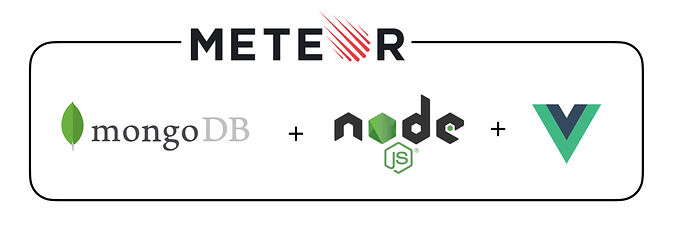The name/concept “Meteor” seems to be overloaded and it’s meaning different thing for different people. I think there’re three concepts here:
-
Meteor as a Full Stack: if you started before 2015 or follow the Blaze tutorial, then you’re using it and it comes with Blaze, mini-mongo, tracker, DDP, many Atmosphere package etc. This stack is a league on it’s own in terms of speed and simplicity of development, great for starting quickly because you’ve all the layers of a web app integrated, perfect for learning, prototyping and small to medium size production apps.
-
Meteor as a Backend: if you started after 2015, switched blaze to other view layer and followed the guide with validated methods and minimal pub/sub usage, you’ll end up with this architecture. Here we’re using meteor build system and RPC methods powered with DDP but the client has been replaced with something like react, vue, angular, etc. If you don’t have complex API, integrating with only one client, and have few data sources and using mongo as a DB, yet you might change to something else in the future, then this is a great option to start with.
-
Meteor as a Build Bool: this is the closet you get to plain node.js project and this is how Vulcan.js and other frameworks are being built on top of meteor, they use meteor to primarily package and compile their files and maybe the accounting system. Most of development effort by MDG over the last years has been (in my opinion rightly) placed here, along with Apollo. The data layer can be rest, but who will go back to rest after DDP, so most likely it’s GraphQL and probably Apollo.
The fact that we’ve these options today, and that you can start with one and evolve to another is why I think “Meteor” as platform/ecosystem is much better now. These are not mutually exclusive options and I think they should all be embraced by the community since they really serve different segment of the market.
With regards to vue, again I think it should get the same level of love as react/angular and we’re not too far off. Better vue support willl surely increase meteor’s adoption as a backend and a build too along with Apollo.




